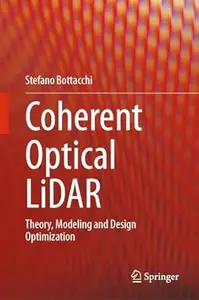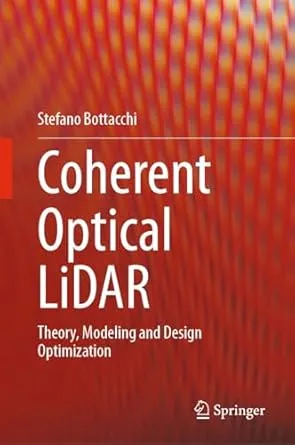Coherent Optical LiDAR: Theory, Modeling and Design Optimization
English | 2025 | ISBN: 3031800044 | 857 Pages | PDF (True) | 90 MB
English | 2025 | ISBN: 3031800044 | 857 Pages | PDF (True) | 90 MB
This book provides an insight into the coherent optical LiDAR system, starting from the fundamental operation of the polarization diversity coherent optical transceiver, widely used in field deployed Terabit optical communication systems. The author first defines LiDAR, i.e., Light Detection and Ranging, as a complex machine designed to measure the distance and the velocity of the target object in a two-dimensional imaging. The book provides a detailed analysis of the electrical engineering aspects of the Code-Modulated (CM) LiDAR, developing a thorough theory and modeling of coherent optical signals and noise sources involved in the detection of the received signal by means of the integrated coherent optical receiver. The author then shows that the target detection of the CM LiDAR is based on the cross-correlation process between the transmitted and received coded signals after the target reflection. To this end, large part of the book is devoted to the theory of the cross-correlation process with noise and the related probability of detection. The intent of this book is to provide a reference to the reader for the inside understanding of the coherent optical LiDAR toward an optimum design approach.



